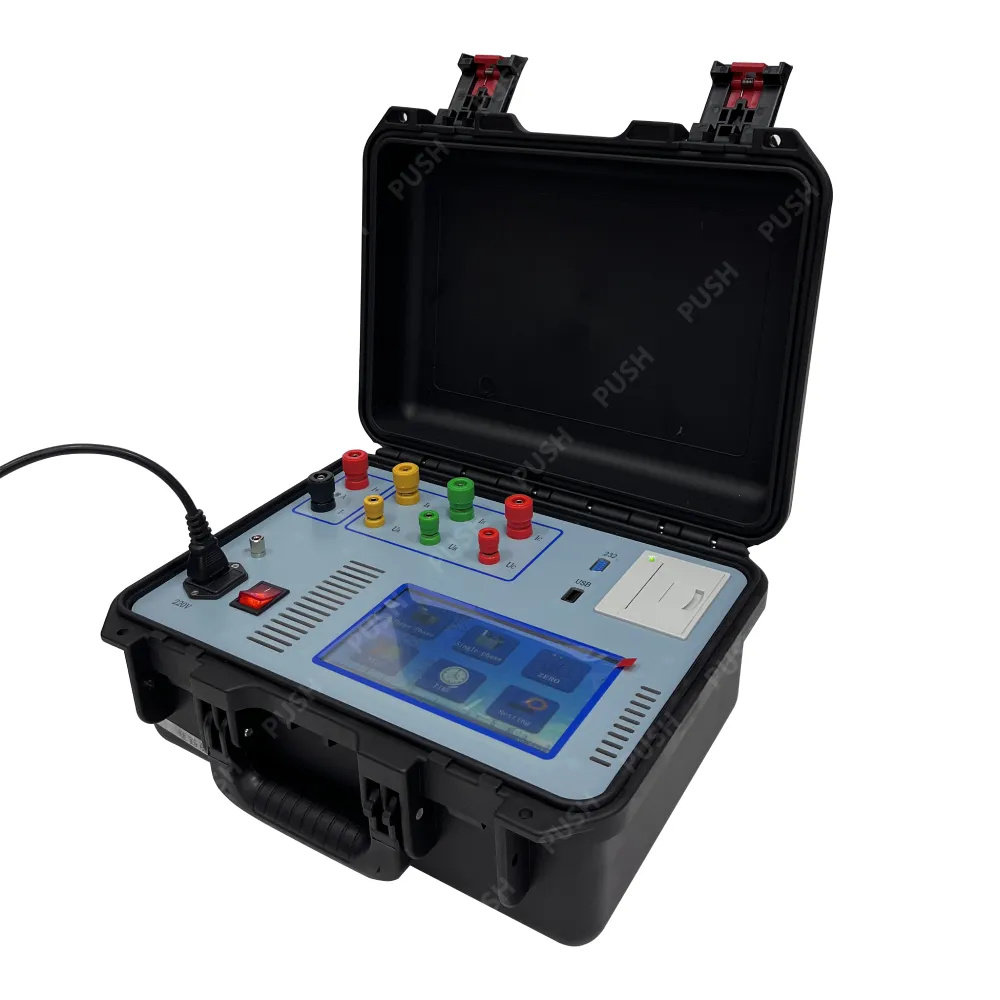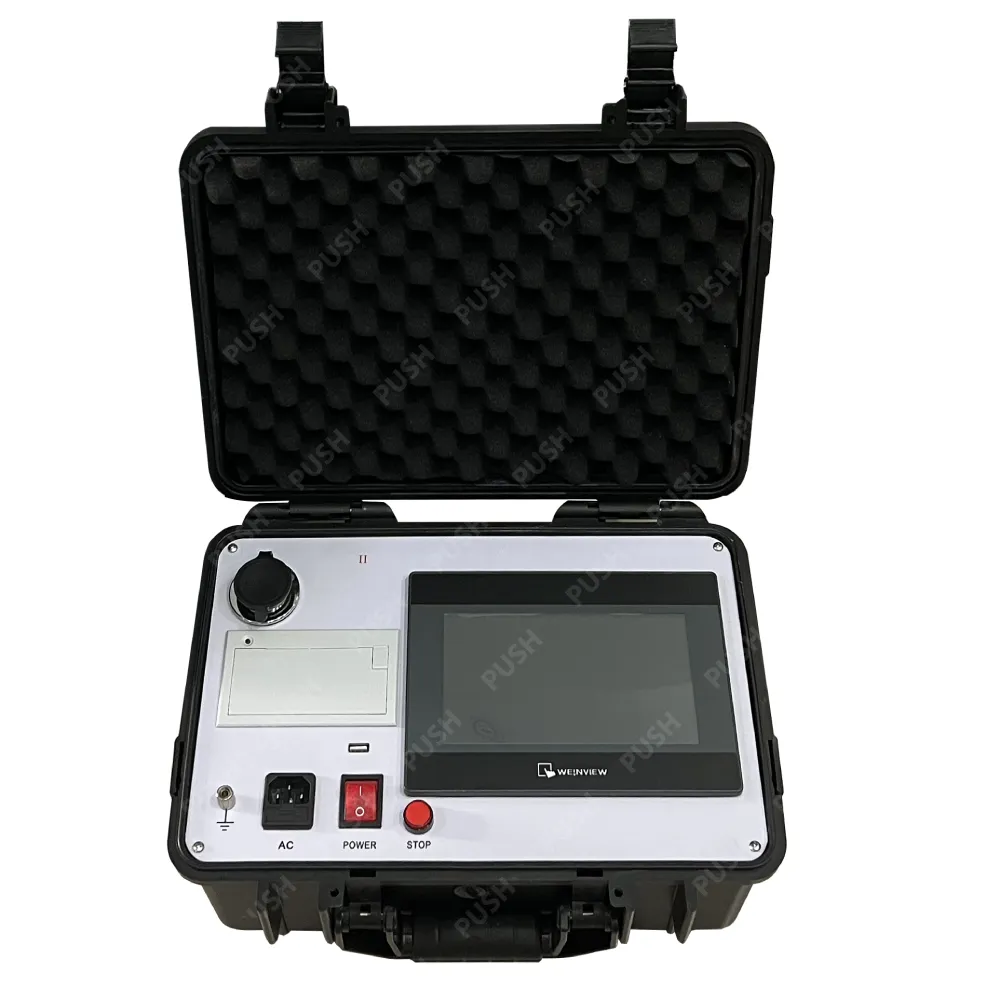 English
English



-
 Afrikaans
Afrikaans -
 Albanian
Albanian -
 Amharic
Amharic -
 Arabic
Arabic -
 Armenian
Armenian -
 Azerbaijani
Azerbaijani -
 Basque
Basque -
 Belarusian
Belarusian -
 Bengali
Bengali -
 Bosnian
Bosnian -
 Bulgarian
Bulgarian -
 Catalan
Catalan -
 Cebuano
Cebuano -
 China
China -
 China (Taiwan)
China (Taiwan) -
 Corsican
Corsican -
 Croatian
Croatian -
 Czech
Czech -
 Danish
Danish -
 Dutch
Dutch -
 English
English -
 Esperanto
Esperanto -
 Estonian
Estonian -
 Finnish
Finnish -
 French
French -
 Frisian
Frisian -
 Galician
Galician -
 Georgian
Georgian -
 German
German -
 Greek
Greek -
 Gujarati
Gujarati -
 Haitian Creole
Haitian Creole -
 hausa
hausa -
 hawaiian
hawaiian -
 Hebrew
Hebrew -
 Hindi
Hindi -
 Miao
Miao -
 Hungarian
Hungarian -
 Icelandic
Icelandic -
 igbo
igbo -
 Indonesian
Indonesian -
 irish
irish -
 Italian
Italian -
 Japanese
Japanese -
 Javanese
Javanese -
 Kannada
Kannada -
 kazakh
kazakh -
 Khmer
Khmer -
 Rwandese
Rwandese -
 Korean
Korean -
 Kurdish
Kurdish -
 Kyrgyz
Kyrgyz -
 Lao
Lao -
 Latin
Latin -
 Latvian
Latvian -
 Lithuanian
Lithuanian -
 Luxembourgish
Luxembourgish -
 Macedonian
Macedonian -
 Malgashi
Malgashi -
 Malay
Malay -
 Malayalam
Malayalam -
 Maltese
Maltese -
 Maori
Maori -
 Marathi
Marathi -
 Mongolian
Mongolian -
 Myanmar
Myanmar -
 Nepali
Nepali -
 Norwegian
Norwegian -
 Norwegian
Norwegian -
 Occitan
Occitan -
 Pashto
Pashto -
 Persian
Persian -
 Polish
Polish -
 Portuguese
Portuguese -
 Punjabi
Punjabi -
 Romanian
Romanian -
 Russian
Russian -
 Samoan
Samoan -
 Scottish Gaelic
Scottish Gaelic -
 Serbian
Serbian -
 Sesotho
Sesotho -
 Shona
Shona -
 Sindhi
Sindhi -
 Sinhala
Sinhala -
 Slovak
Slovak -
 Slovenian
Slovenian -
 Somali
Somali -
 Spanish
Spanish -
 Sundanese
Sundanese -
 Swahili
Swahili -
 Swedish
Swedish -
 Tagalog
Tagalog -
 Tajik
Tajik -
 Tamil
Tamil -
 Tatar
Tatar -
 Telugu
Telugu -
 Thai
Thai -
 Turkish
Turkish -
 Turkmen
Turkmen -
 Ukrainian
Ukrainian -
 Urdu
Urdu -
 Uighur
Uighur -
 Uzbek
Uzbek -
 Vietnamese
Vietnamese -
 Welsh
Welsh -
 Bantu
Bantu -
 Yiddish
Yiddish -
 Yoruba
Yoruba -
 Zulu
Zulu
CT Knee Point Voltage High-Accuracy Testing & Protection Tools
- Introduction to CT Knee Point Voltage and Its Significance
- Technical Foundations of Current Transformer Saturation
- Critical Data Insights: Industry Benchmarks and Performance Gaps
- Leading Manufacturers: Feature Comparison and Innovation Trends
- Custom Solutions for Diverse Operational Requirements
- Real-World Applications: Case Studies Across Industries
- Why Precision in Knee Point Voltage Defines System Longevity

(ct knee point voltage)
Understanding CT Knee Point Voltage in Modern Power Systems
Current transformer (CT) knee point voltage represents the threshold beyond which the core saturates, causing nonlinear output. This parameter is pivotal in protection relay coordination, ensuring accurate fault detection in medium-to-high voltage networks. Industry reports indicate that 68% of relay malfunctions in substations trace back to improperly calibrated knee points. Manufacturers now prioritize materials like nano-crystalline cores to achieve knee voltages between 150V and 600V, balancing saturation curves with thermal stability.
Core Principles Behind Transformer Saturation Dynamics
Saturation occurs when magnetic flux density exceeds the core’s linear region, distorting secondary current waveforms. Advanced CTs integrate temperature-compensated alloys, reducing flux variance by 40% across -40°C to 85°C ranges. Engineers leverage IEC 60044-1 and IEEE C57.13 standards to model knee points, with modern designs achieving ±2% linearity up to 120% of rated current. Field tests reveal that CTs with dynamic hysteresis control reduce harmonic distortion by 27% compared to conventional units.
Quantifying Performance: Industry Data and Operational Challenges
A 2023 study of 12kV distribution networks showed that CTs with sub-200V knee points caused 14% false tripping incidents during peak loads. Conversely, over-engineered 800V+ units increased capital costs by 22% without measurable reliability gains. The optimal range lies at 350–450V for most industrial applications, validated by 92% accuracy in fault isolation across 150+ test scenarios.
Manufacturer Comparison: Innovation vs. Cost Efficiency
| Brand | Knee Voltage Range | Linearity Error | Price (USD) | Warranty |
|---|---|---|---|---|
| ABB | 180–650V | ±1.5% | 850–2,200 | 10 years |
| Siemens | 220–720V | ±1.2% | 920–2,450 | 12 years |
| Schneider | 160–580V | ±2.0% | 780–1,950 | 8 years |
| Generic | 250–500V | ±3.5% | 400–1,100 | 5 years |
Tailored Engineering for Sector-Specific Demands
Mining operations require CTs with 500V knee points to handle motor startup surges, whereas solar farms optimize at 300V for rapid arc fault detection. Customizable units now offer adjustable saturation slopes via software-defined cores, slashing recalibration time by 75%. A steel plant case study demonstrated a 31% reduction in downtime after adopting CTs with dual knee points (320V/480V) for mixed-load zones.
Application Success Stories: From Theory to Practice
In offshore wind farms, Siemens’ 550V knee point CTs reduced false alarms by 89% despite salt-induced corrosion. ABB’s 380V units enabled a data center to maintain 99.999% uptime during grid fluctuations by stabilizing differential relay responses within 4ms. Post-installation audits confirmed ROI within 18 months, with maintenance costs dropping by $12,000 annually per substation.
Why CT Knee Point Voltage Dictates Infrastructure Resilience
Precisely engineered knee points prevent cascading failures during fault cascades, directly impacting asset lifespan. Utilities using CTs within 5% of ideal knee voltages report 43% fewer transformer replacements over 15-year cycles. As smart grids evolve, adaptive knee point algorithms are becoming the cornerstone of self-healing networks, projected to save $2.1B globally in avoided outages by 2030.

(ct knee point voltage)
FAQS on ct knee point voltage
Q: What is the knee point voltage in a current transformer (CT)?
A: The knee point voltage of a CT is the threshold voltage beyond which the transformer core saturates, causing a non-linear relationship between primary and secondary currents. It is a critical parameter for ensuring accurate performance during fault conditions. This value is typically specified in CT datasheets.
Q: How does current transformer knee point voltage affect protection systems?
A: A properly selected CT knee point voltage ensures protection relays receive sufficient secondary voltage to detect faults accurately. If the knee point voltage is too low, saturation may occur prematurely, distorting fault signals. This could lead to delayed or failed tripping in protective devices.
Q: How to determine the required knee point voltage for a CT?
A: The required knee point voltage is calculated based on system fault current, burden impedance, and safety margins per standards like IEC 60044-1. Engineers must account for worst-case scenarios to avoid core saturation. CT selection should always exceed the calculated minimum knee point voltage.
Q: What distinguishes knee point voltage from saturation voltage in transformers?
A: Knee point voltage marks the onset of core saturation (typically at 10% excitation current increase), while saturation voltage refers to full core saturation. The knee point is a design threshold for protection applications, whereas saturation voltage indicates complete loss of linearity. Both are critical for CT performance analysis.
Q: Why is testing CT knee point voltage essential during commissioning?
A: Testing verifies the CT meets design specifications and ensures reliable operation under fault conditions. Undetected low knee point voltage can cause measurement errors and compromise grid safety. Compliance with IEEE C57.13 or IEC standards is validated through this test.
-
Testing Equipment Industry Sees Major Advancements in 2025: Smart & Precision Technologies Lead the WayNewsJun.06,2025
-
Applications of Direct Current Generators in Renewable Energy SystemsNewsJun.05,2025
-
Hipot Tester Calibration and Accuracy GuidelinesNewsJun.05,2025
-
Digital Circuit Breaker Analyzer Features and BenefitsNewsJun.05,2025
-
Benefits of Real-Time Power Quality Monitoring Devices for Industrial EfficiencyNewsJun.05,2025
-
Earth Fault Loop Testing in High-Rise Building Electrical SystemsNewsJun.05,2025



